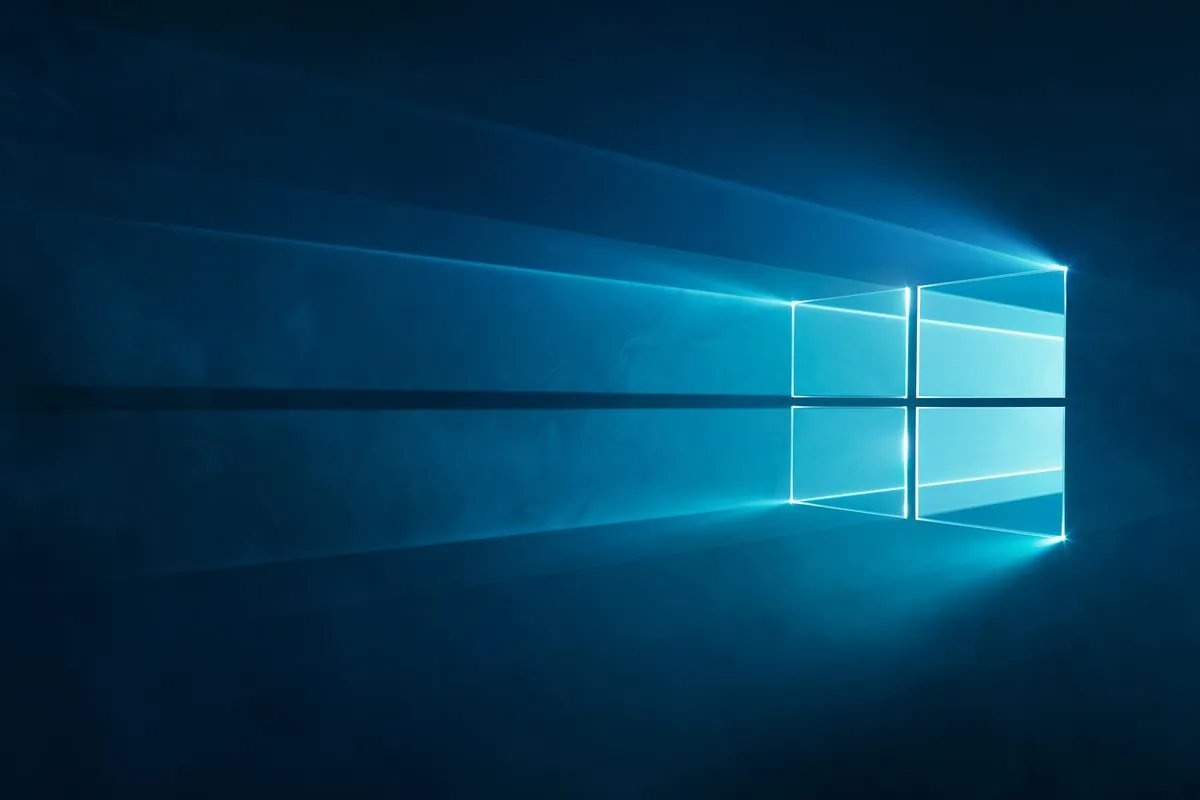Categories
Tags
183 words
1 minutes
Windows Remote Management
Windows Remote Management
- Remote Management lets you control Windows servers from another machine.
- Enabled by default since Windows Server 2016.
- Based on WS-Management protocol, supports local and remote management.
- Tools include:
- WinRM (Windows Remote Management)
- WMI (Windows Management Instrumentation)
- RDP (Remote Desktop Protoc
🖥️ Remote Desktop Protocol (RDP)
- Microsoft protocol to remotely access Windows GUI.
- Uses TCP/UDP port 3389.
- Works at the Application Layer of the TCP/IP model.
🛡️ Security
- Uses TLS/SSL encryption (from Windows Vista onwards).
- Weak point: Default certificates are self-signed, can be faked.
- NLA (Network Level Authentication) is recommended for safer connections.
🌐 Connectivity
- Both local and network firewalls must allow RDP.
- If behind NAT, set up port forwarding and use the public IP.
🕵️ Footprinting RDP Services (Recon)
- Nmap can scan and reveal:
- If NLA is enabled
- Server hostname, domain, version
Example Nmap command:
nmap -sV -sC -p3389 --script rdp* <target-ip>🕵️ Advanced Scanning with Packet Tracing
nmap -sV -sC -p3389 --packet-trace rdp* <target-ip>⚠️ Note:
- Tools and packet traces can be detected by EDR (Endpoint Detection & Response).
- May result in blocking during penetration tests on secure networks.
⚠️ Security Tip
- RDP is powerful but also risky if misconfigured.
- Use strong encryption, valid certificates, and NLA to stay secure.
- Monitor for scanning patterns (like Nmap probes) as they may indicate recon.
